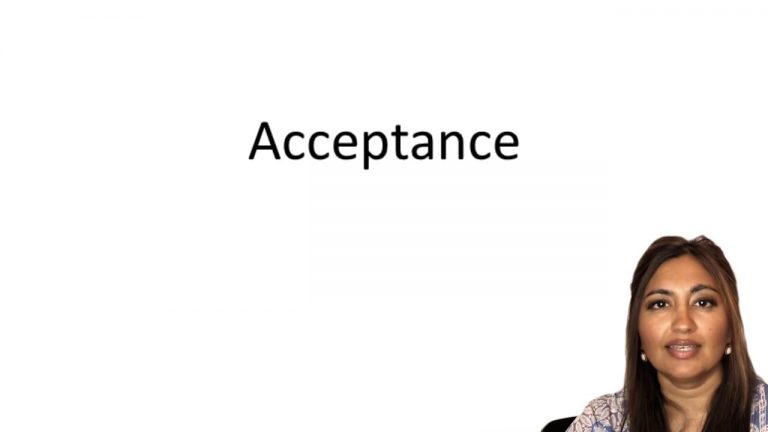Confirm favorite deletion?
Contracts Keyed to Calamari
Texaco, Inc. v. Pennzoil, Co.

ProfessorMelissa A. Hale
CaseCast™ – "What you need to know"
Facts
A dispute arose among the board of directors of Getty Oil Company (“Getty”). Gordon Getty (“Mr. Getty”) was the owner of 40.2% of the outstanding shares of Getty. On December 28, 1983, the Plaintiff, Pennzoil, Co. (the “Plaintiff”), made an unsolicited tender offer for 16 million shares of Getty’s tock for $100 per share. On January 1 and 2, 1984, the Plaintiff, Mr. Getty and the J. Paul Getty Museum (the “Museum”) (holder of 11.8% of Getty shares) reached a “Memorandum of Agreement” (the “Memorandum”), which concerned the possible purchase of Getty by the Plaintiff. The terms of the Memorandum had to be approved by the Getty board, prior to the end of a board meeting, beginning on January 2, 1984. If not approved by that time, the Memorandum would expire by its own terms. Eventually, all the relevant persons controlling the majority of Getty’s outstanding shares signed the Memorandum. However, Getty’s board on January 2, 1984, voted to reject the Plaintiff’s tender offer, and the Memorandum, saying that the Plaintiff’s offer was too low. The board made a counter proposal of $110 per share plus a $10 debenture. In the morning of January 3, 2004, Getty’s chief investment banker, Geoffrey Boisi (“Mr. Boisi”) began calling other companies seeking to obtain a higher bid. On January 3, 1984 at 3:00pm the Plaintiff made a revised offer of $110 per share plus a $3 “stub”, a payment to be made within three years. Getty’s board eventually approved a revised version of the Plaintiff’s proposal, which was $110 plus a $5 “stub”. The Plaintiff then accepted the Board’s terms. On the evening of January 3, 1984, the lawyers and public relations staff of Getty and the Museum drafted a press release describing the transaction based on the terms of the Memorandum, but with a price of $110 plus a $5 “stub”. The press release was issued in the morning on January 4, 1984, and the Plaintiff issued an identical press release. • On January 4, 1984, Mr. Boisi continued to contact other companies seeking a higher price than the Plaintiff offered. The Defendant, Texaco (the “Defendant”), after being contacted by Mr. Boisi began assessing a potential counter offer to buy Getty. Also on January 4, 1984, the Plaintiff’s lawyers were drafting a “transaction agreement”, which described the potential purchase of Getty in more detail than the Memorandum and press release. On January 5, 1985 the Wall Street Journal reported an agreement had been reached by the Plaintiff and Getty. • On January 5, 1984, the Defendant’s board authorized its officers to make an offer to buy 100% of Getty. The Defendant solicited the Museum to purchase its 11.8% stake in Getty Oil and the Museum agreed. On the evening of January 5, 1985, Mr. Getty sold his stake in Getty to the Defendant for $125 per share. On January 6, 1984, Getty’s board voted to withdraw its counterproposal to the Plaintiff and unanimously agreed to accept the Defendant’s offer. The Defendant thereafter immediately issued a press release announcing the deal. • The Plaintiff then sued the Defendant for interfering with Plaintiff’s acquisition of Getty. The jury determined that the Defendant intentionally interfered with the agree¬ment between the Plaintiff and Getty. As a result, the Plaintiff was damaged in the amount of $7.53 billion. The jury also awarded the Plaintiff $3 billion in punitive damages.
Only StudyBuddy Pro offers the complete Case Brief Anatomy*
Access the most important case brief elements for optimal case understanding.
*Case Brief Anatomy includes: Brief Prologue, Complete Case Brief, Brief Epilogue
- The Brief Prologue provides necessary case brief introductory information and includes:
Topic:
Identifies the topic of law and where this case fits within your course outline.Parties:
Identifies the cast of characters involved in the case.Procedural Posture & History:
Shares the case history with how lower courts have ruled on the matter.Case Key Terms, Acts, Doctrines, etc.:
A case specific Legal Term Dictionary.Case Doctrines, Acts, Statutes, Amendments and Treatises:
Identifies and Defines Legal Authority used in this case.
- The Case Brief is the complete case summarized and authored in the traditional Law School I.R.A.C. format. The Pro case brief includes:
Brief Facts:
A Synopsis of the Facts of the case.Rule of Law:
Identifies the Legal Principle the Court used in deciding the case.Facts:
What are the factual circumstances that gave rise to the civil or criminal case? What is the relationship of the Parties that are involved in the case.Issue(s):
Lists the Questions of Law that are raised by the Facts of the case.Holding:
Shares the Court's answer to the legal questions raised in the issue.Concurring / Dissenting Opinions:
Includes valuable concurring or dissenting opinions and their key points.Reasoning and Analysis:
Identifies the chain of argument(s) which led the judges to rule as they did.
- The Brief Prologue closes the case brief with important forward-looking discussion and includes:
Policy:
Identifies the Policy if any that has been established by the case.Court Direction:
Shares where the Court went from here for this case.
Topic Resources

 19m 28s
19m 28s